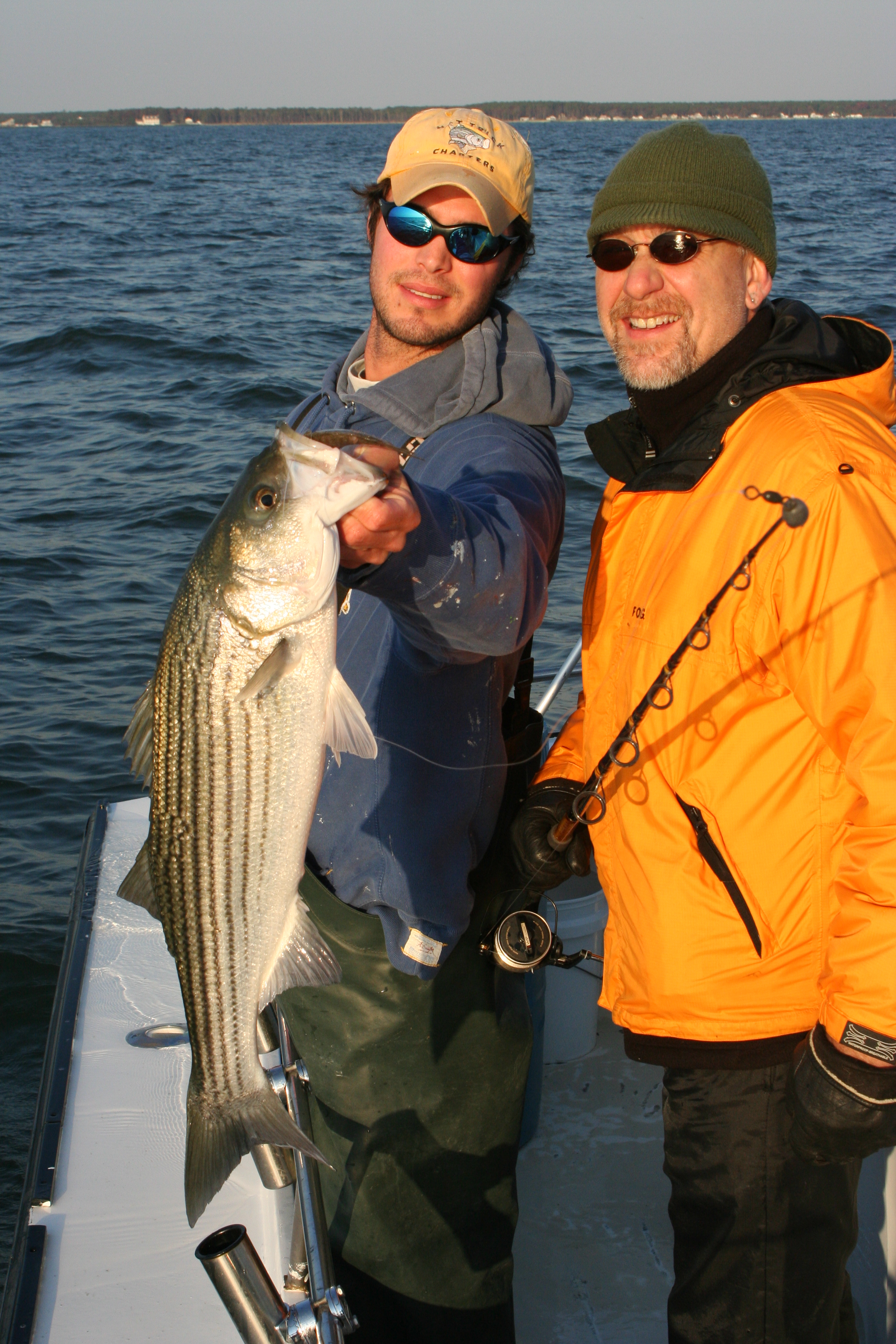Once spot arrive in the Chesapeake in good numbers—perhaps we should say “if” since last season they didn’t make much of a showing—live lining them becomes a prime method for catching rockfish. Many people, however, put the spot on the hook in a way that doesn’t work so well. Actually, there are several ways of hooking that spot, but which is best at any given moment changes depending on the conditions. Whether you’re anchored or adrift, how strong the wind and current are, and how deep the stripers are holding all have an impact on which method is best. In this short video made for boats.com, we’ll see a demo that tells you how and when each way of hooking the spot is appropriate.
You may have noticed that in the video, rather than refer specifically to spot all the time baitfish in general are addressed. That’s because each and every different fish that can be live lined acts essentially the same depending on where that hook is placed. And remember, live lining with peanut bunker in the fall, using small white perch (clip the dorsal spines, for added effect) or even with jumbo bull minnow are all effective, too.

Regardless of your bait of choice, here are a few other live lining tips that will come in handy.
- When a spot gets hit but the striper gets away, always replace your bait. For some reason, rockfish are less inclined to strike baits that are missing big patches of scales.
- When you’re bringing a rockfish up to the boat never lift its head out of the water. With surprising regularity they’ll hold onto a baitfish (or it may be wedged in their throat) without actually being hooked. Lift the fish’s head with your line and it will often fall off. But if you wait until there’s a landing net under the rock, you’ll still get it.
- Minimize casting, especially with delicate baits like peanut bunker, because it takes a serious physical toll on them. Just let the fish over the side and they’ll usually swim away from the boat on their own. If casting is necessary, use a gentle lob to minimize impact.
- By Staff